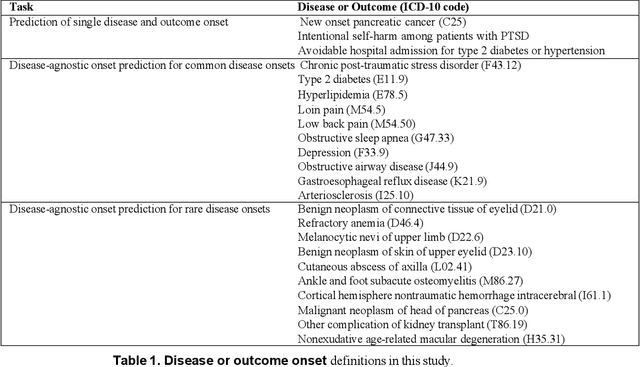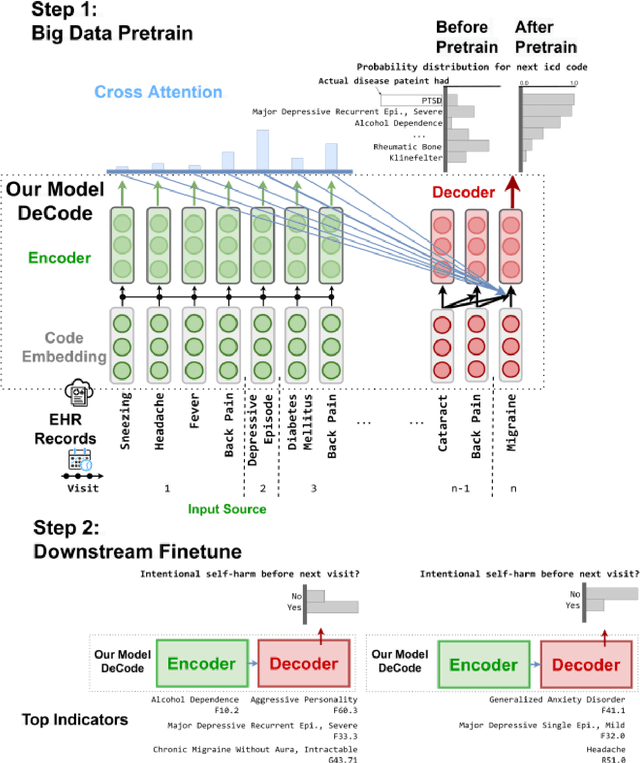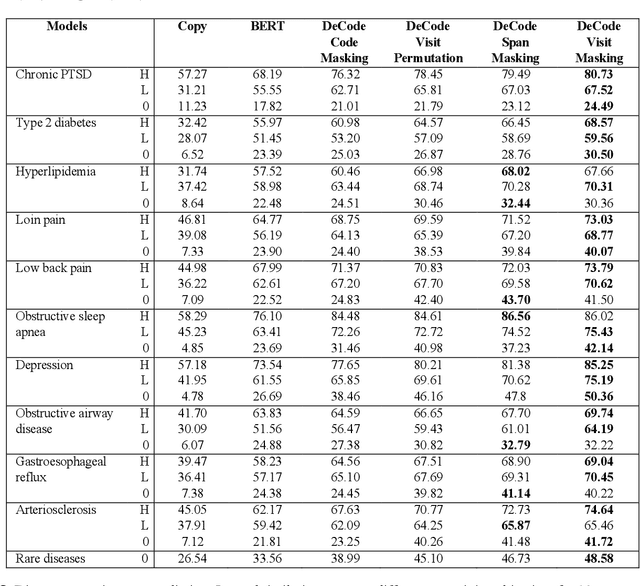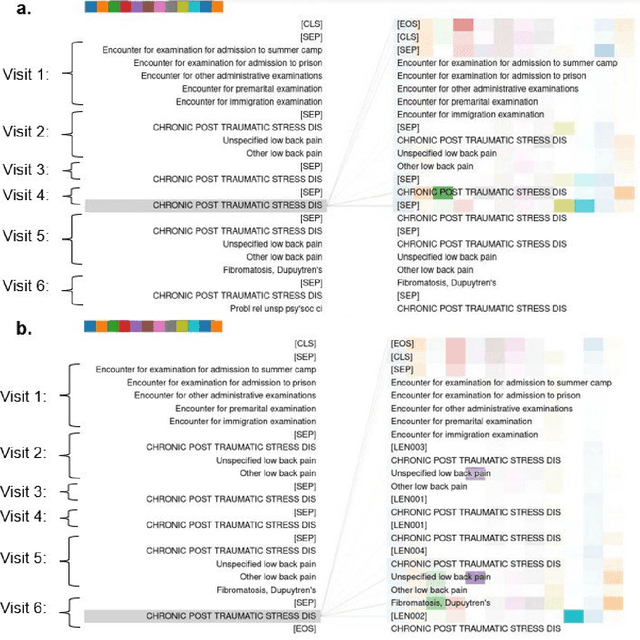Dan Berlowitz
PaniniQA: Enhancing Patient Education Through Interactive Question Answering
Aug 21, 2023Abstract:Patient portal allows discharged patients to access their personalized discharge instructions in electronic health records (EHRs). However, many patients have difficulty understanding or memorizing their discharge instructions. In this paper, we present PaniniQA, a patient-centric interactive question answering system designed to help patients understand their discharge instructions. PaniniQA first identifies important clinical content from patients' discharge instructions and then formulates patient-specific educational questions. In addition, PaniniQA is also equipped with answer verification functionality to provide timely feedback to correct patients' misunderstandings. Our comprehensive automatic and human evaluation results demonstrate our PaniniQA is capable of improving patients' mastery of their medical instructions through effective interactions
Early Prediction of Alzheimers Disease Leveraging Symptom Occurrences from Longitudinal Electronic Health Records of US Military Veterans
Jul 23, 2023



Abstract:Early prediction of Alzheimer's disease (AD) is crucial for timely intervention and treatment. This study aims to use machine learning approaches to analyze longitudinal electronic health records (EHRs) of patients with AD and identify signs and symptoms that can predict AD onset earlier. We used a case-control design with longitudinal EHRs from the U.S. Department of Veterans Affairs Veterans Health Administration (VHA) from 2004 to 2021. Cases were VHA patients with AD diagnosed after 1/1/2016 based on ICD-10-CM codes, matched 1:9 with controls by age, sex and clinical utilization with replacement. We used a panel of AD-related keywords and their occurrences over time in a patient's longitudinal EHRs as predictors for AD prediction with four machine learning models. We performed subgroup analyses by age, sex, and race/ethnicity, and validated the model in a hold-out and "unseen" VHA stations group. Model discrimination, calibration, and other relevant metrics were reported for predictions up to ten years before ICD-based diagnosis. The study population included 16,701 cases and 39,097 matched controls. The average number of AD-related keywords (e.g., "concentration", "speaking") per year increased rapidly for cases as diagnosis approached, from around 10 to over 40, while remaining flat at 10 for controls. The best model achieved high discriminative accuracy (ROCAUC 0.997) for predictions using data from at least ten years before ICD-based diagnoses. The model was well-calibrated (Hosmer-Lemeshow goodness-of-fit p-value = 0.99) and consistent across subgroups of age, sex and race/ethnicity, except for patients younger than 65 (ROCAUC 0.746). Machine learning models using AD-related keywords identified from EHR notes can predict future AD diagnoses, suggesting its potential use for identifying AD risk using EHR notes, offering an affordable way for early screening on large population.
Enhancing the prediction of disease outcomes using electronic health records and pretrained deep learning models
Dec 22, 2022



Abstract:Question: Can an encoder-decoder architecture pretrained on a large dataset of longitudinal electronic health records improves patient outcome predictions? Findings: In this prognostic study of 6.8 million patients, our denoising sequence-to-sequence prediction model of multiple outcomes outperformed state-of-the-art models scuh pretrained BERT on a broad range of patient outcomes, including intentional self-harm and pancreatic cancer. Meaning: Deep bidirectional and autoregressive representation improves patient outcome prediction.
 Add to Chrome
Add to Chrome Add to Firefox
Add to Firefox Add to Edge
Add to Edge